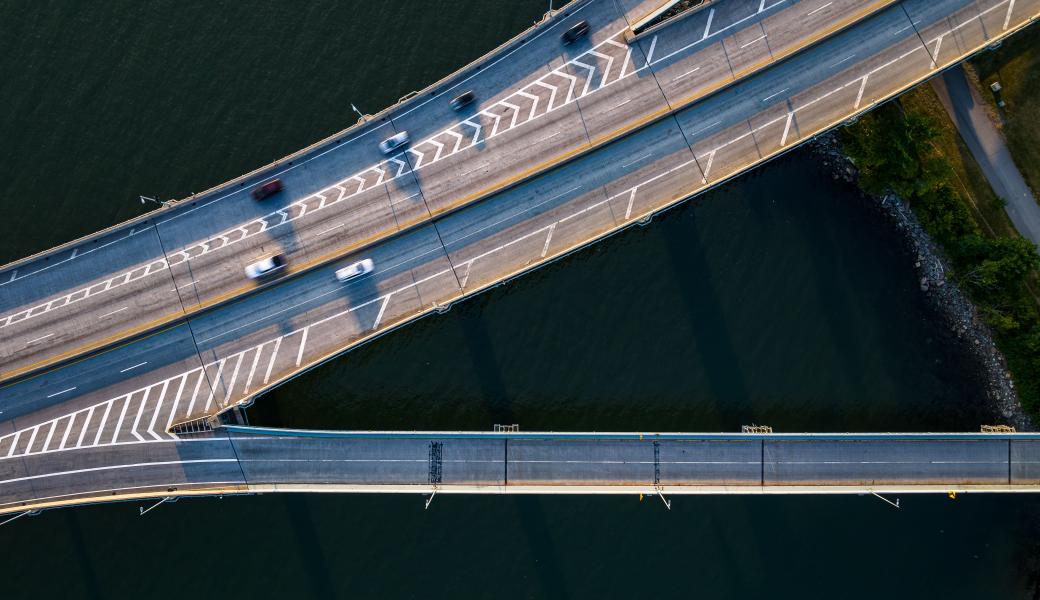Bipartisan Infrastructure Plan Spends Billions On Roads, Bridges, EVs

The $114 billion RV industry is dependent upon safe and adequate infrastructure in and around our iconic public lands and campgrounds. The RV Industry Association is working closely with policymakers to prioritize much-needed investments in programs that RVers rely on such as, rural roads and bridges, robust broadband infrastructure, EV charging stations, and the critical infrastructure within our iconic parks, forests and campgrounds across the country.
It's not finalized yet—not by a long shot—but President Biden's infrastructure plan moved one step closer to reality this week when a bipartisan group of 10 senators announced they had reached a deal on the bill's framework. Despite the fact that things will almost certainly change between now and when some version of the bill eventually, maybe becomes law, we can see the outline of how the U.S. federal government may invest in infrastructure over the next half-decade or so.
With those caveats out of the way, the headline figure is that the bill encompasses around a trillion dollars' worth of infrastructure spending over five years (not all of it new spending), including money for roads and bridges and other transportation projects, like enhanced transit options and airports. The 10 senators, five Democrats and five Republicans, agreed on a framework that also includes money to promote electric vehicles and other infrastructure items. It did not include some of Biden's "human infrastructure" priorities, like education, child care, and elder care.
Here are some of the funding amounts in the deal:
Along with almost $400 billion for transportation projects that is already part of Congress's regular funding process, the deal includes $579 billion in new infrastructure spending. That new money is broken into two main categories. The first includes $312 billion for transportation projects like roads and bridges ($109 billion), railroad improvements ($66 billion), and mass transit ($49 billion), among other expenditures like EVs (detailed below).
The second part of the $579 billion includes $266 billion for other infrastructure efforts, like water systems, broadband internet, and power grids.
Check out the full article from Car and Driver here. You can also learn more about the bill from the White House fact sheet here.
Please Sign in to View
Log in to view member-only content.
If you believe you are receiving this message in error contact us at memberservices@rvia.org.
